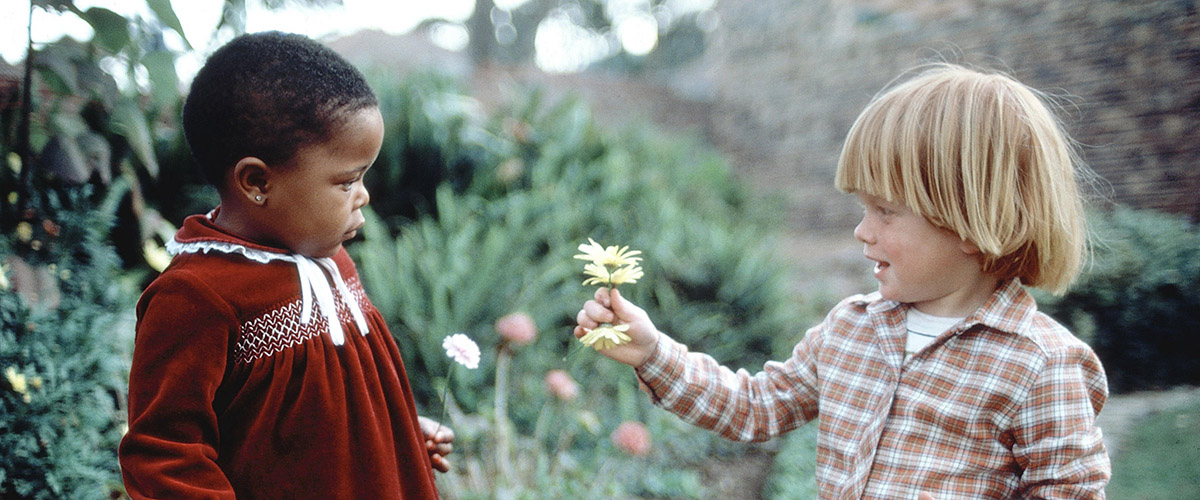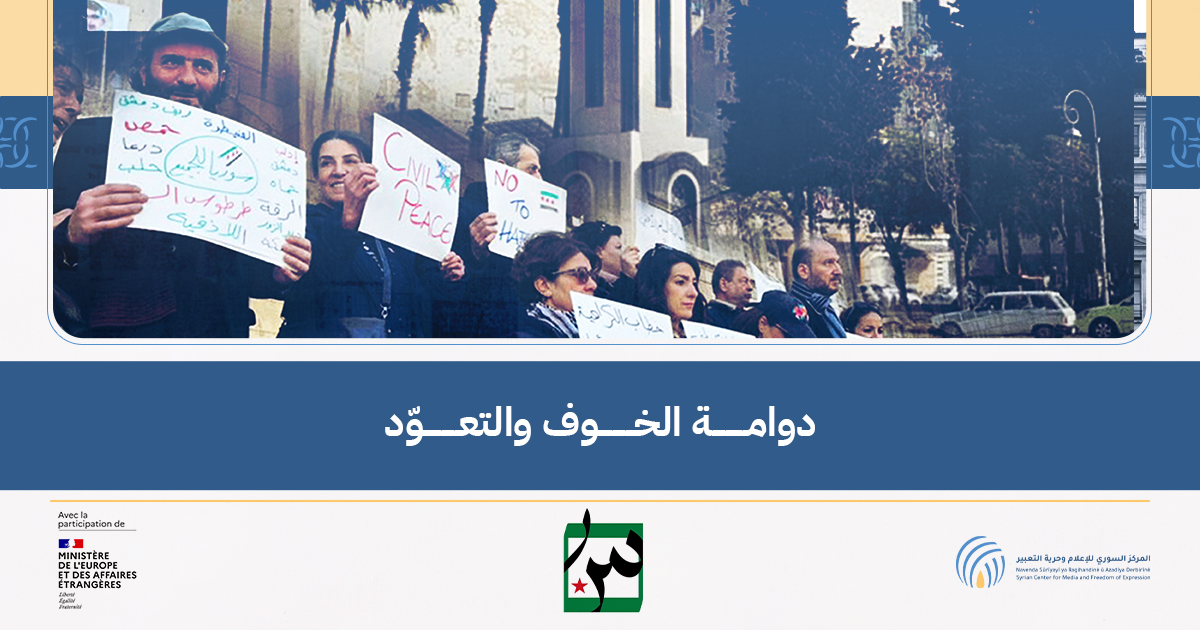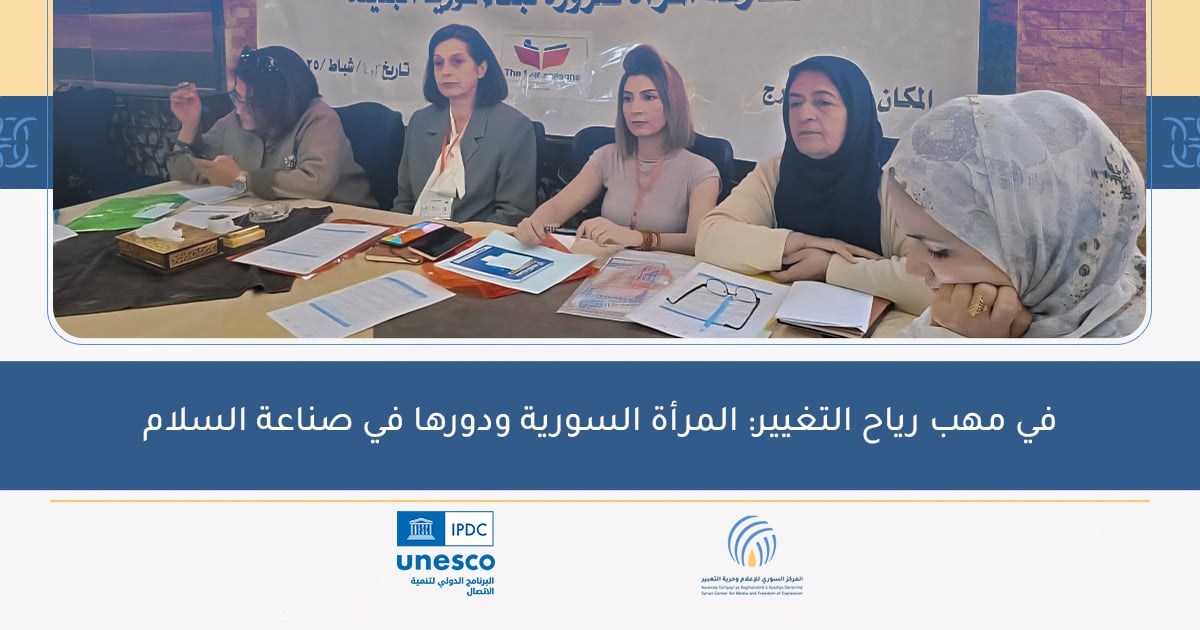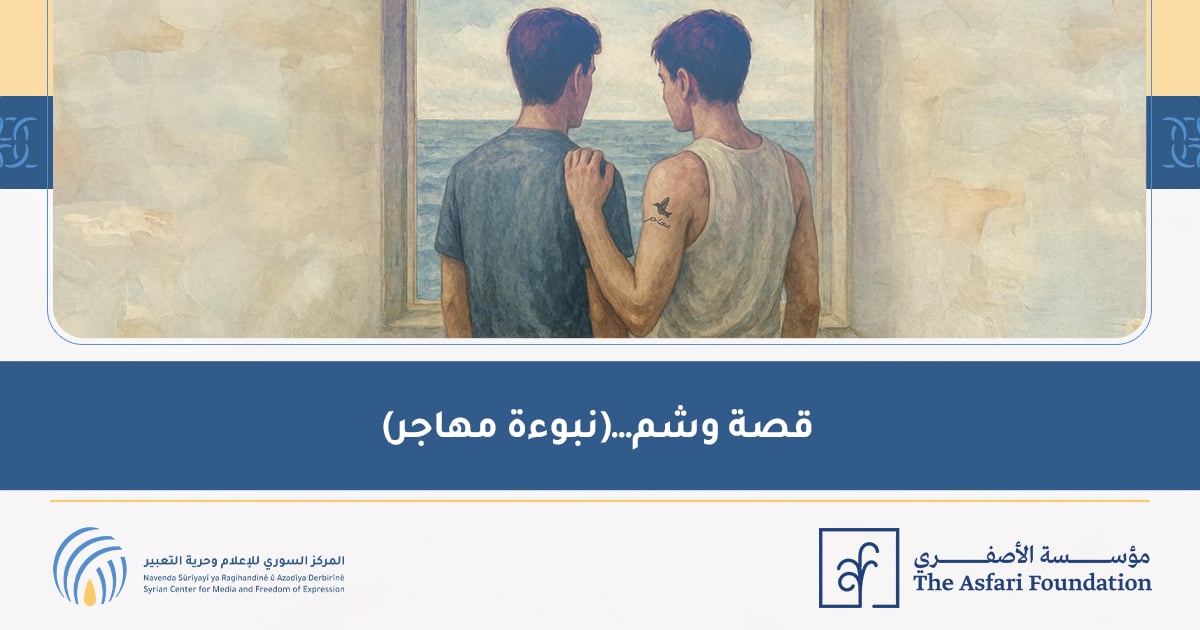
The United Nations is committed to strengthening tolerance by fostering mutual understanding among cultures and peoples. This imperative lies at the core of the United Nations Charter, as well as the Universal Declaration of Human Rights, and is more important than ever in this era of rising and violent extremism and widening conflicts that are characterized by a fundamental disregard for human life.
In 1996, the UN General Assembly (by resolution 51/95) invited UN Member States to observe the International Day for Tolerance on 16 November. This action followed up on the United Nations Year for Tolerance, 1995, proclaimed by the UN General Assembly in 1993 at the initiative of UNESCO, as outlined in the Declaration of Principles on Tolerance and Follow-up Plan of Action for the Year.
The United Nations has launched a new campaign to promote tolerance, respect and dignity across the world. TOGETHER is a global campaign that aims to reduce negative perceptions and attitudes towards refugees and migrants, and to strengthen the social contract between host countries and communities, and refugees and migrants.
UNESCO-Madanjeet Singh Prize for the Promotion of Tolerance and Non-Violence
In 1995, to mark the United Nations Year for Tolerance and the 125th anniversary of the birth of Mahatma Gandhi, UNESCO created a prize for the promotion of tolerance and non-violence. The UNESCO-Madanjeet Singh Prize for the Promotion of Tolerance and Non-Violence rewards significant activities in the scientific, artistic, cultural or communication fields aimed at the promotion of a spirit of tolerance and non-violence.
The prize is awarded every two years on the International Day for Tolerance, 16 November. The Prize may be awarded to institutions, organizations or persons, who have contributed in a particularly meritorious and effective manner to tolerance and non-violence.
The 2016 winner was the Federal Research and Methodological Center for Tolerance Psychology and Education (Tolerance Center) of Russia.
Background
On the day of its fiftieth anniversary, 16 November 1995, UNESCO’s Member States adopted a Declaration of Principles on Tolerance. Among other things, the Declaration affirms that tolerance is neither indulgence nor indifference. It is respect and appreciation of the rich variety of our world’s cultures, our forms of expression and ways of being human. Tolerance recognizes the universal human rights and fundamental freedoms of others. People are naturally diverse; only tolerance can ensure the survival of mixed communities in every region of the globe.
 The Declaration qualifies tolerance not only as a moral duty, but also as a political and legal requirement for individuals, groups and States. It situates tolerance in relation to the international human rights instruments drawn up over the past fifty years and emphasizes that States should draft new legislation when necessary to ensure equality of treatment and of opportunity for all groups and individuals in society.
The Declaration qualifies tolerance not only as a moral duty, but also as a political and legal requirement for individuals, groups and States. It situates tolerance in relation to the international human rights instruments drawn up over the past fifty years and emphasizes that States should draft new legislation when necessary to ensure equality of treatment and of opportunity for all groups and individuals in society.
Along with outright injustice and violence, discrimination and marginalization are common forms of intolerance. Education for tolerance should aim at countering influences that lead to fear and exclusion of others, and should help young people develop capacities for independent judgement, critical thinking and ethical reasoning. The diversity of our world’s many religions, languages, cultures and ethnicities is not a pretext for conflict, but is a treasure that enriches us all.
How Can Intolerance Be Countered?
- Fighting intolerance requires law:
Each Government is responsible for enforcing human rights laws, for banning and punishing hate crimes and discrimination against minorities, whether these are committed by State officials, private organizations or individuals. The State must also ensure equal access to courts, human rights commissioners or ombudsmen, so that people do not take justice into their own hands and resort to violence to settle their disputes. - Fighting intolerance requires education:
Laws are necessary but not sufficient for countering intolerance in individual attitudes. Intolerance is very often rooted in ignorance and fear: fear of the unknown, of the other, other cultures, nations, religions. Intolerance is also closely linked to an exaggerated sense of self-worth and pride, whether personal, national or religious. These notions are taught and learned at an early age. Therefore, greater emphasis needs to be placed on educating more and better. Greater efforts need to be made to teach children about tolerance and human rights, about other ways of life. Children should be encouraged at home and in school to be open-minded and curious. Education is a life-long experience and does not begin or end in school. Endeavours to build tolerance through education will not succeed unless they reach all age groups, and take place everywhere: at home, in schools, in the workplace, in law-enforcement and legal training, and not least in entertainment and on the information highways. - Fighting intolerance requires access to information:
Intolerance is most dangerous when it is exploited to fulfil the political and territorial ambitions of an individual or groups of individuals. Hatemongers often begin by identifying the public’s tolerance threshold. They then develop fallacious arguments, lie with statistics and manipulate public opinion with misinformation and prejudice. The most efficient way to limit the influence of hatemongers is to develop policies that generate and promote press freedom and press pluralism, in order to allow the public to differentiate between facts and opinions. - Fighting intolerance requires individual awareness:
Intolerance in a society is the sum-total of the intolerance of its individual members. Bigotry, stereotyping, stigmatizing, insults and racial jokes are examples of individual expressions of intolerance to which some people are subjected daily. Intolerance breeds intolerance. It leaves its victims in pursuit of revenge. In order to fight intolerance individuals should become aware of the link between their behavior and the vicious cycle of mistrust and violence in society. Each one of us should begin by asking: am I a tolerant person? Do I stereotype people? Do I reject those who are different from me? Do I blame my problems on ‘them’? - Fighting intolerance requires local solutions:
Many people know that tomorrow’s problems will be increasingly global but few realize that solutions to global problems are mainly local, even individual. When confronted with an escalation of intolerance around us, we must not wait for governments and institutions to act alone. We are all part of the solution. We should not feel powerless for we actually posses an enormous capacity to wield power. Nonviolent action is a way of using that power-the power of people. The tools of nonviolent action-putting a group together to confront a problem, to organize a grassroots network, to demonstrate solidarity with victims of intolerance, to discredit hateful propaganda-are available to all those who want to put an end to intolerance, violence and hatred.
Videos
The Secretary-General launched the TOGETHER campaign at the UN Summit for Refugees and Migrants on 19 September 2016.
All 193 Member States of the United Nations unanimously welcomed the TOGETHER campaign and committed to implementing it.
The campaign aims to strengthen the social contract between host countries and communities, and refugees and migrants.

Resources
Documents
- General Assembly resolution establishing the International Day for Tolerance (A/RES/51/95, 1996)
- General Assembly resolution proclaiming International Year for Tolerance (A/RES/48/126, 1993)
- General Assembly resolution on the Alliance of Civilizations (A/RES/64/14, 2009)
- World Summit Outcome Document (A/RES/60/1, 2005)
- Other UN Documents on Tolerance (Dag Hammarskjöld Library Search)
- UNESCO Declaration of Principles on Tolerance
- UNESCO Integrated Strategy to Combat Racism, Discrimination, Xenophobia and Intolerance
Websites
- United Nations Alliance of Civilizations
- Office of the UN High Commissioner for Human Rights
- Committee on the Elimination of Racial Discrimination
- Special Rapporteur on contemporary forms of racism, racial discrimination, xenophobia and related intolerance
- Special Rapporteur on freedom of religion or belief
- Special Rapporteur on the promotion and protection of the right to freedom of opinion and expression





